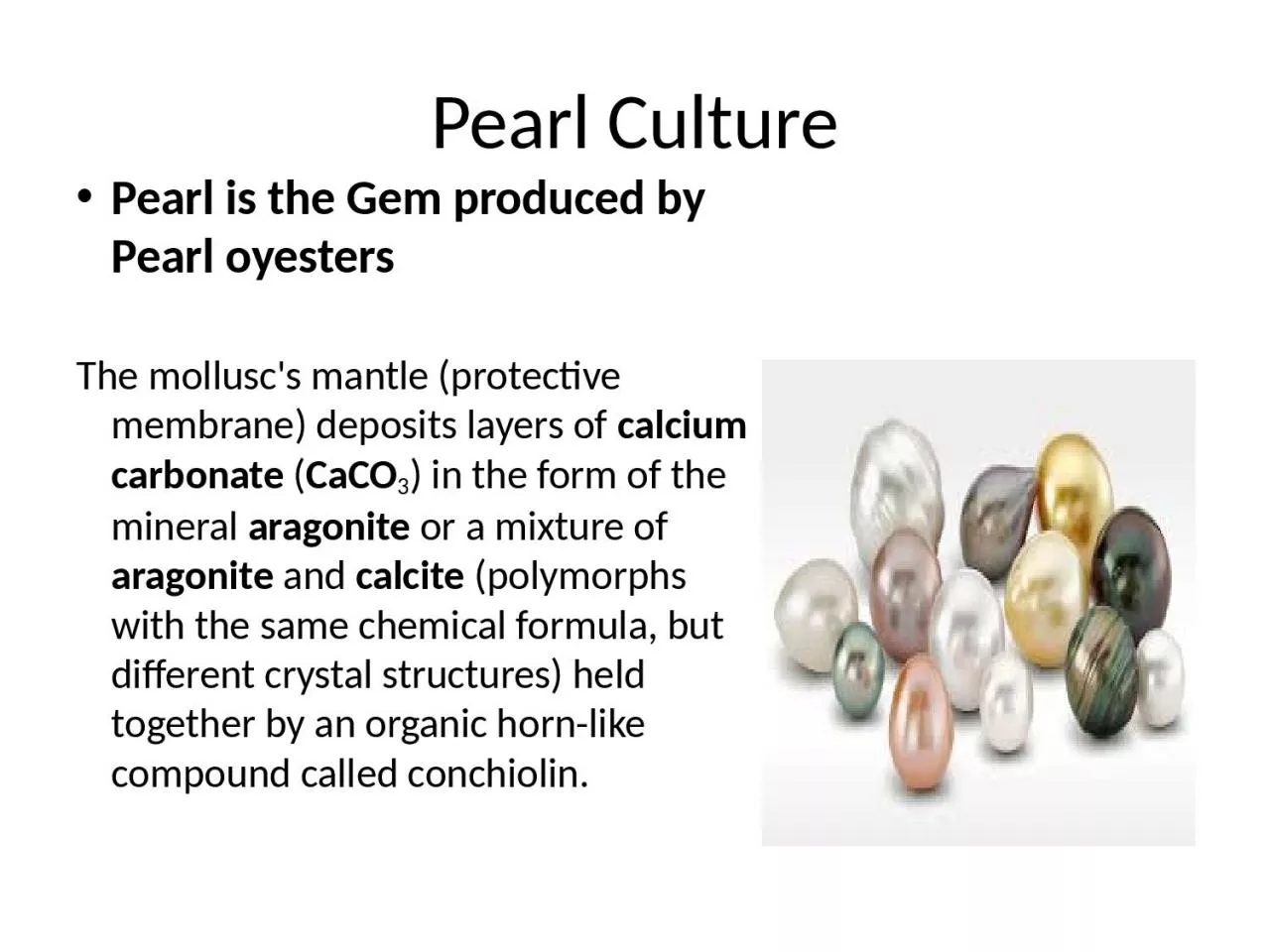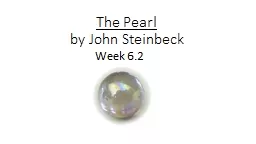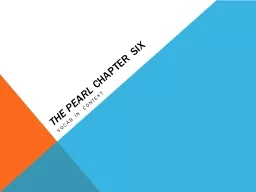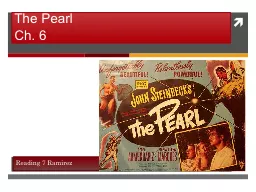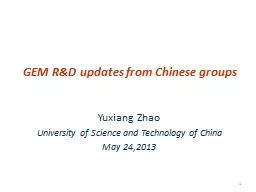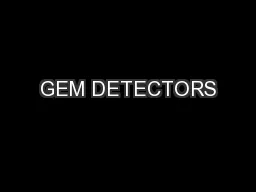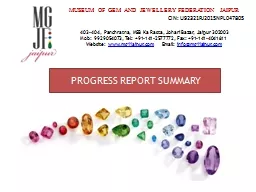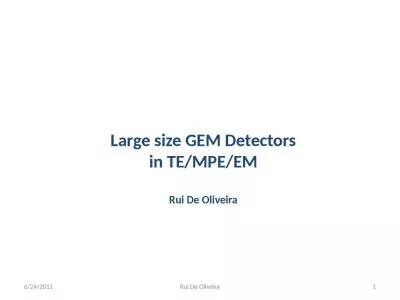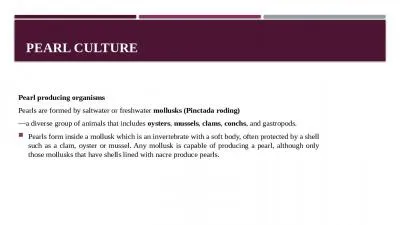PPT-Pearl Culture Pearl is the Gem produced by Pearl
Author : SoulfulDreamer | Published Date : 2022-08-03
oyesters The molluscs mantle protective membrane deposits layers of calcium carbonate CaCO 3 in the form of the mineral aragonite or a mixture of aragonite
Presentation Embed Code
Download Presentation
Download Presentation The PPT/PDF document "Pearl Culture Pearl is the Gem produced ..." is the property of its rightful owner. Permission is granted to download and print the materials on this website for personal, non-commercial use only, and to display it on your personal computer provided you do not modify the materials and that you retain all copyright notices contained in the materials. By downloading content from our website, you accept the terms of this agreement.
Pearl Culture Pearl is the Gem produced by Pearl: Transcript
Download Rules Of Document
"Pearl Culture Pearl is the Gem produced by Pearl"The content belongs to its owner. You may download and print it for personal use, without modification, and keep all copyright notices. By downloading, you agree to these terms.
Related Documents

